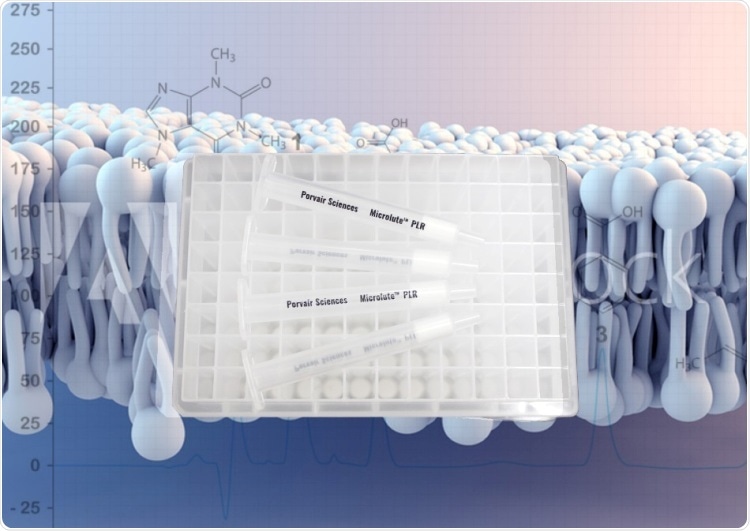Porvair Sciences announce Microlute™ PLR - a new benchmark product for phospholipid removal. The 96-well microplate provides effective removal (>99%) of phospholipids and proteins with higher levels of reproducibility from plasma and serum samples while maintaining maximum recovery of target analytes.

Image Credit: Microlute™ PLR microplate
Phospholipid-based matrix effects are a major source of variability and inaccuracy in bioanalytical mass spectrometry (MS) analysis. Popular sample preparation techniques like protein precipitation, dilute and shoot or liquid-liquid extraction methods do not completely remove phospholipids. Microlute™ PLR is the only product that ensures minimal enhancement or suppression of analyte response by truly eliminating the source of matrix effects and not just masking the problem.
Porvair Sciences phospholipid removal technology differs from conventional methods. Instead of a loose-filled base product, Microlute™ PLR is composed of a solid interconnected network of evenly distributed pores that allow biological fluids to flow smoothly and consistently throughout the active media. This proprietary feature overcomes common channeling and breakthrough issues by enhancing the flow of samples throughout the filter thereby maximizing the recovery of analytes with unrivaled reproducibility and improving the overall performance of phospholipid removal.
Proven in comparative tests with competitive products to provide the most efficient removal of the widest range of phospholipids from plasma and serum samples - Microlute™ PLR microplates enable you to increase the sensitivity and integrity of your UHPLC/HPLC methods.
Benefiting from an easy-to-use protocol, Microlute™ PLR microplates ensure you get consistent phospholipid removal and analyte recovery from well-to-well and batch-to-batch first time and every time. As a result, high-throughput studies will benefit from a reproducible, high performing sample preparation workflow.